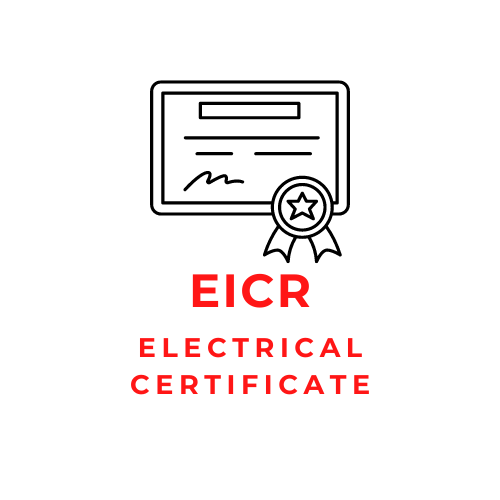eicr electrical safety certificate – landlord certificate: What You Need to Know
An Electrical Installation Condition Report (EICR) is a document that outlines the safety and condition of an electrical installation. It is also commonly known as an electrical safety certificate. EICRs are typically carried out by a qualified electrician and are used to ensure that the electrical systems in a building are safe for use and meet the current UK regulations.
The main purpose of an EICR is to identify any potential hazards or defects within the electrical installation. This includes identifying any damage to wiring or equipment, determining if the installation is overloaded, and checking for any loose connections or poor workmanship. The electrician will also check that the installation is properly earthed and that all electrical equipment is properly maintained and in good working order.
An EICR is typically required by landlords, property managers, and insurance companies as a way to ensure that the electrical systems in a property are safe for tenants and visitors. In addition, EICRs are also often required by local authorities and building control bodies as a way to ensure that a property is compliant with building regulations.
The process of an EICR usually starts with a visual inspection of the electrical installation. The electrician will check all of the wiring, switches, sockets, and other electrical equipment in the property. They will also check the condition of the consumer unit (fuse box) and any other electrical distribution equipment. The electrician will then take a series of measurements to check the condition of the wiring and the earthing system.
If any defects are found during the inspection, the electrician will note them in the EICR document. These defects will typically be classified as either ‘C1’ (danger present) or ‘C2’ (potentially dangerous). C1 defects are considered to be the most serious and require immediate attention, while C2 defects require attention within a reasonable period of time.
Once the inspection is complete, the electrician will provide the property owner or manager with a copy of the EICR document. The document will include a detailed report of the inspection, including any defects that were found and any recommendations for repairs or upgrades.
It is important to note that an EICR is not a one-time event, but rather an ongoing process. The electrical installation in a property should be inspected and tested at regular intervals, typically every 5 years, to ensure that it remains safe for use. This is because over time, the electrical installation in a property may deteriorate, and new hazards may develop.
In conclusion, an Electrical Installation Condition Report (EICR) is an important document that outlines the safety and condition of an electrical installation. It is typically required by landlords, property managers, and insurance companies as a way to ensure that the electrical systems in a property are safe for tenants and visitors. An EICR is carried out by a qualified electrician, who will inspect and test the electrical installation in a property, and provide a detailed report of any defects or hazards that are found. Regular testing and inspection of the electrical installation is crucial to ensure that it remains safe for use.
